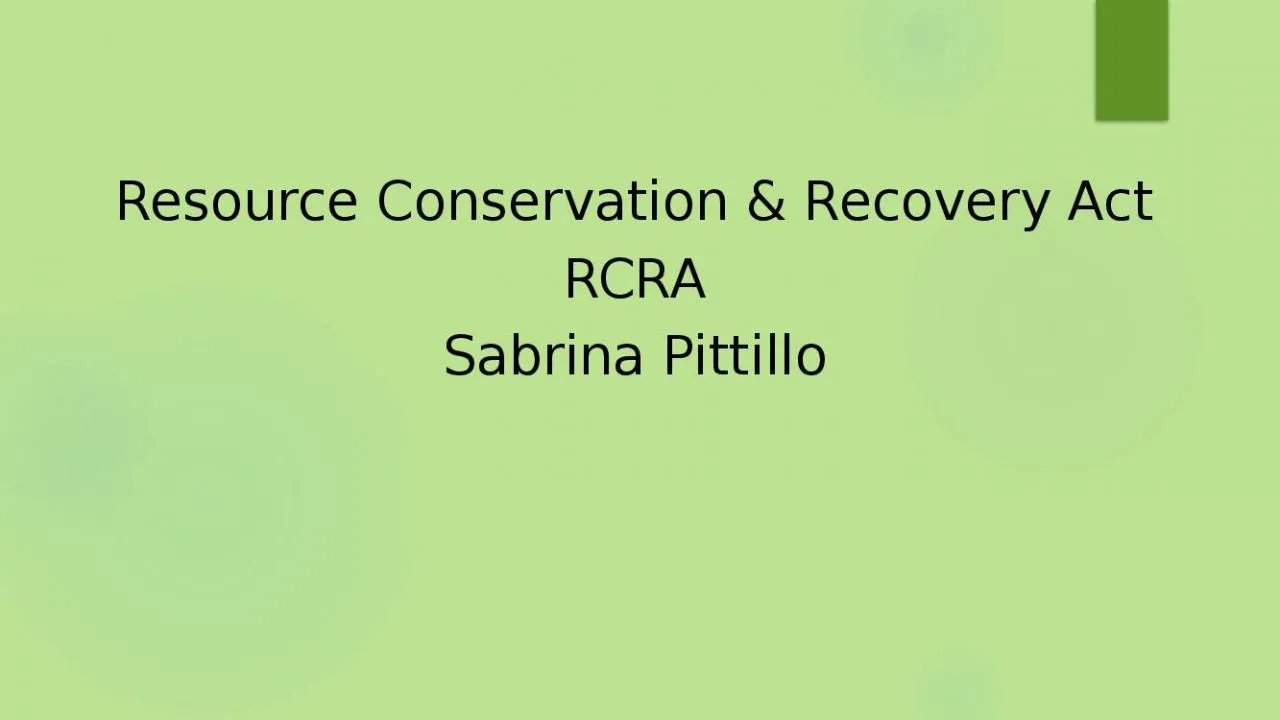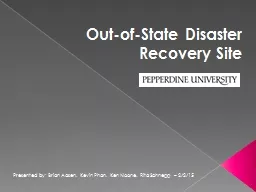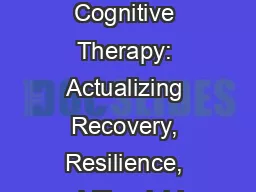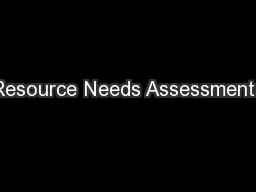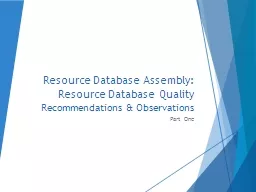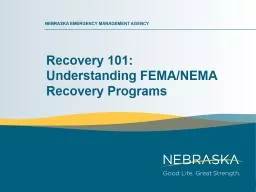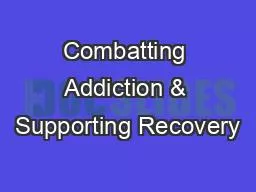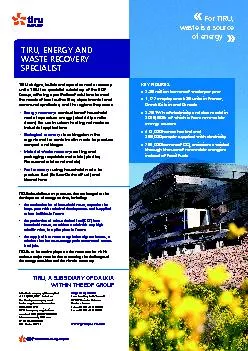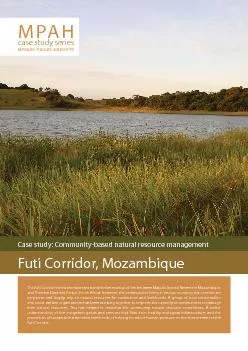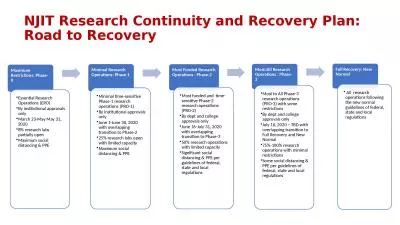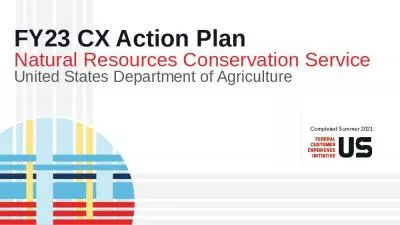PPT-Resource Conservation & Recovery
Author : molly | Published Date : 2022-04-06
Act RCRA Sabrina Pittillo Training Objectives History of RCRA Define Hazardous Waste Generator Requirements Describe Proper Handling and Storage of Hazardous Waste
Presentation Embed Code
Download Presentation
Download Presentation The PPT/PDF document "Resource Conservation & Recovery" is the property of its rightful owner. Permission is granted to download and print the materials on this website for personal, non-commercial use only, and to display it on your personal computer provided you do not modify the materials and that you retain all copyright notices contained in the materials. By downloading content from our website, you accept the terms of this agreement.
Resource Conservation & Recovery: Transcript
Download Rules Of Document
"Resource Conservation & Recovery"The content belongs to its owner. You may download and print it for personal use, without modification, and keep all copyright notices. By downloading, you agree to these terms.
Related Documents

